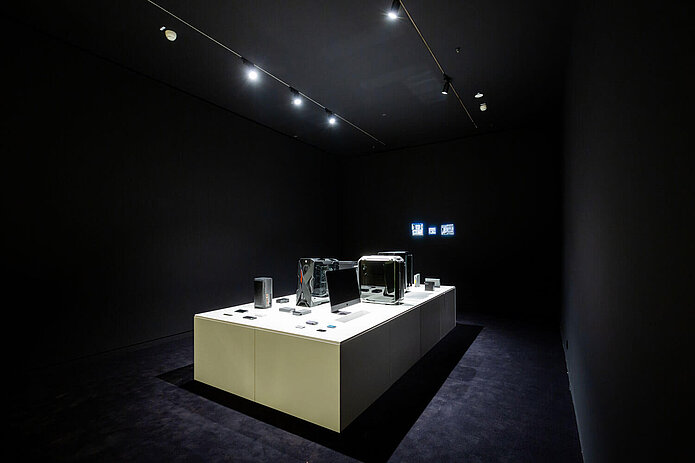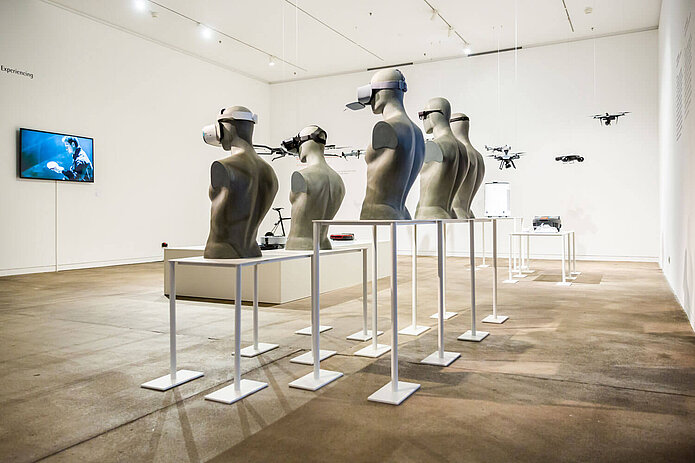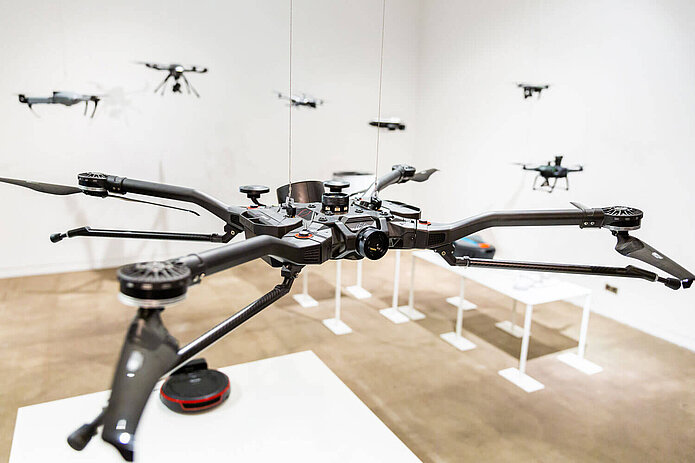„Homo Ex Data“: Professor Dr. Peter Zec about design in the age of digitisation
Big data, strong interaction, automation – the digitisation determines our daily life. It affects all of us and results in a comprehensive change in every area of life. According to Professor Dr. Peter Zec, founder and CEO of Red Dot, the transformation goes along with the emergence of a new type of human being: homo ex data. In a world that is organised by data transfer, naturalness and digital technology move closer together. But which role does design play in this new world?
Homo sapiens: struggle for survival layers design
Precisely this topic thematises design expert Professor Dr. Peter Zec in his article “Homo Ex Data”. To understand how design and digitisation interact these days, he begins to reflect the past and identifies that the life of our primeval ancestors was significantly characterised by the will to survive in nature. In their so-called “first nature”, humans worked against the destiny of powerlessness by developing new, creative approaches to the fight for survival. Homo sapiens created tools that served this function. At that time, design did not play a role yet.
Homo faber: design connects technology and humans
The development of design as an independent discipline went along with the advancing industrialisation. Characterised by products that are manufactured in series production, the second nature of the human arose through technology. The challenge for homo faber was to create machine-made products that enriched and simplified the life of humans. The active shaping, cultivating and dominating of the environment marks this type of human being. Connecting technology with a socially applicable and usable form was the task of design. The linkage of the artificial with the natural always ranked first.
Homo ex data: generation of complex systems
According to Peter Zec, the evolution of mankind in the 21st century enters a completely new phase with homo ex data. His living conditions are determined by the generation and the transfer of data. Thereby, homo ex data is less actively involved in the forming of his living space. He is no more interested in the power over technology to control his environment. Products are less often developed on the basis of observations and experiences regarding the purpose and use, but are the result of an optimisation process that is based on an extensive data analysis.
On the outside, the objects only differ slightly from each other. The essence of design rather shifts to the inner. Function, purpose and use are determined by sensors and mistakes are being directly communicated within the system. The interaction and communication, both between humans and between the artefacts that are equipped with artificial intelligence, play a central role. Zec summarises that thus, it is not about the design of individual products, but about the generation of complex systems. As part of this system, homo ex data adapts to the new living conditions.
The future of design
Although the natural and the artificial are entering a more and more intensive connection and are sometimes even melting together, it is so far only the human who can cause emotionally shaped motivations. Even machines that are controlled by artificial intelligence, are not able to motivate themselves to act as they are not led by emotions. According to Professor Dr. Peter Zec, the new challenge for design is not at all about changing this. It is much more about making new products part of the great picture.




“Design in the Age of Big Data” in the Red Dot Design Museum Essen
The exhibition “Design in the Age of Big Data” in the Red Dot Design Museum Essen shows how designers meet the challenges that go along with digitisation. Its concept is based on the article “Homo Ex Data” by Professor Dr. Peter Zec. Divided into the three parts “Collecting Data”, “Processing Data” and “Experiencing”, visitors discover the complexity of the interplay between humans, technology and data streams in the age of big data until 2 June 2019. The exhibits, among them drones, robots and fitness trackers, were all awarded a prize in the Red Dot Award: Product Design.
